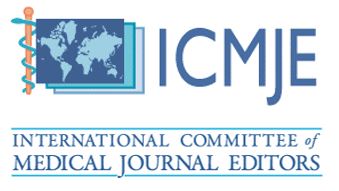A Case Series of Complex Pelvic Abscesses: Importance of Early Recognition and Institution of Individualised Treatment
DOI:
https://doi.org/10.51200/bjms.v16i3.3856Keywords:
pelvic abscess, pelvic sepsis, supra-levator abscess, infra-levator abscess, diverticulitis, perianal abscessAbstract
Pelvic abscesses are collections of pus localized within the pelvic cavity. It may arise from intraabdominal abnormalities or a cranial extension of deep anorectal sepsis. Early recognition and diagnosis, often challenging, facilitates expedient definitive management of potential life-threatening sepsis. We describe the clinical presentation of three patients diagnosed with pelvic abscesses. The management strategies employed for each patient differed, and we described a patient-centred approach to address the underlying problem. Clinical suspicion and meticulous clinical assessment are essential for accurate and early diagnosis. Radiological and laboratory investigations can be helpful to confirm the diagnosis and aid in planning for its immediate management and subsequent definitive treatments. Meticulous attention should be paid to identifying the problem, as this will determine the best management strategy. By addressing the underlying problem adequately, we would avoid future recurrence. A pelvic abscess can be diagnosed early with a high clinical index of suspicion and confirmed with appropriate investigations. Complex pelvic collections can originate from various sources, and establishing the exact aetiology may often be difficult. A multidisciplinary approach to holistic and patient-centred care effectively achieves good patient outcomes.
Downloads
Published
How to Cite
Issue
Section
License
All articles are published under the Creative Commons Attribution-NonCommercial (CC BY-NC 4.0) license, enabling users to read, download, copy, distribute, and adapt the material for non-commercial purposes, provided proper credit is given to the original authors and the source. This model supports transparency, accessibility, and the global exchange of medical knowledge.








1.png)



